The photo right is of Central Park in New York taken from midway up the Rockefeller Center. As I stood and stared at the massive 800 acre green space that is Central Park I couldn’t help but wonder how New York managed to hold onto and preserve such a large chunk of Manhattan as park space without losing it to developers (a lesson Calgary could learn).
This is even more amazing when you look in all other directions from atop the Rockefeller Center and see urban jungle in all directions.
What many don’t know is Central Park is entirely man-made. The park was built atop undeveloped and unwanted swamp land considered unsuitable for “civilized” development; though in reality the area was a shanty town for many of the city’s poor Irish, Germans and Afro American shanty dwellers who were displaced when construction began.
Central Park’s concept came about during a time when it was fashionable for cities to have large landscaped parks and it was considered the next step in New York’s evolution to create a landscaped green space that rivalled those found in many European cities.
Other things you may or may not know about Central Park:
- The park first opened for public use in the winter of 1859. It took 15 years and $14 million dollars to build. (http://en.wikipedia.org/wiki/Central_Park)
- To construct the Park, workers moved nearly five million cubic yards of stone, earth, and topsoil. Many of these workers may have been the poor Irish and Germans who were originally displaced by the construction. (http://www.centralpark.com/pages/history.html)
- Apparently, blasting out many of the rocky ridges in the inhabitable areas used more gunpowder than was later used during the Battle of Gettysburg. (http://www.centralpark.com/pages/history.html)
- The park is a popular destination for bird watchers because of the number of migrating birds that visit the park. (http://www.centralparkhistory.com/index.html)
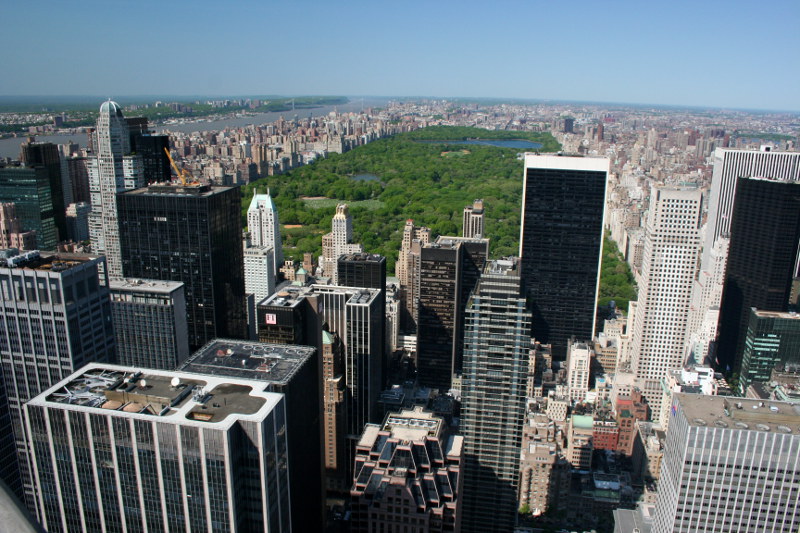
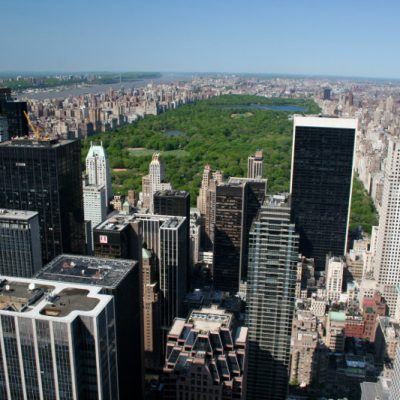
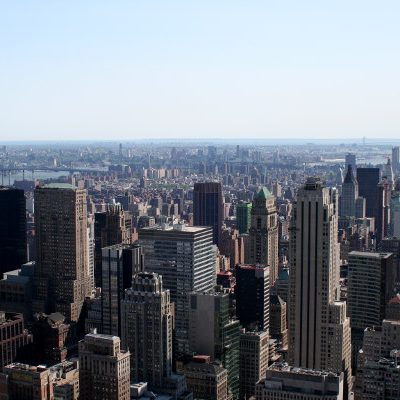
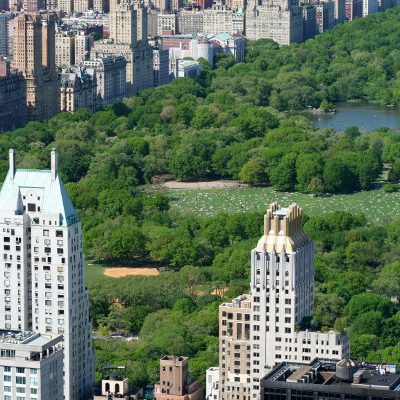
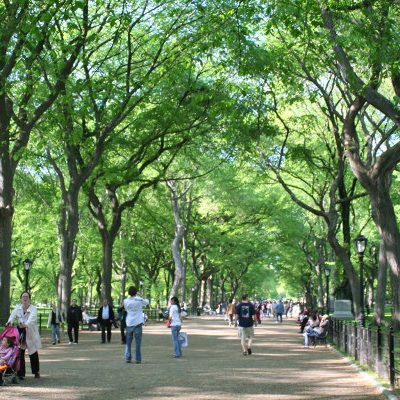
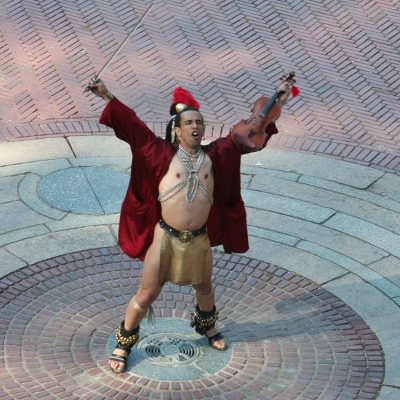
0 comments on “Central Park”Add yours →